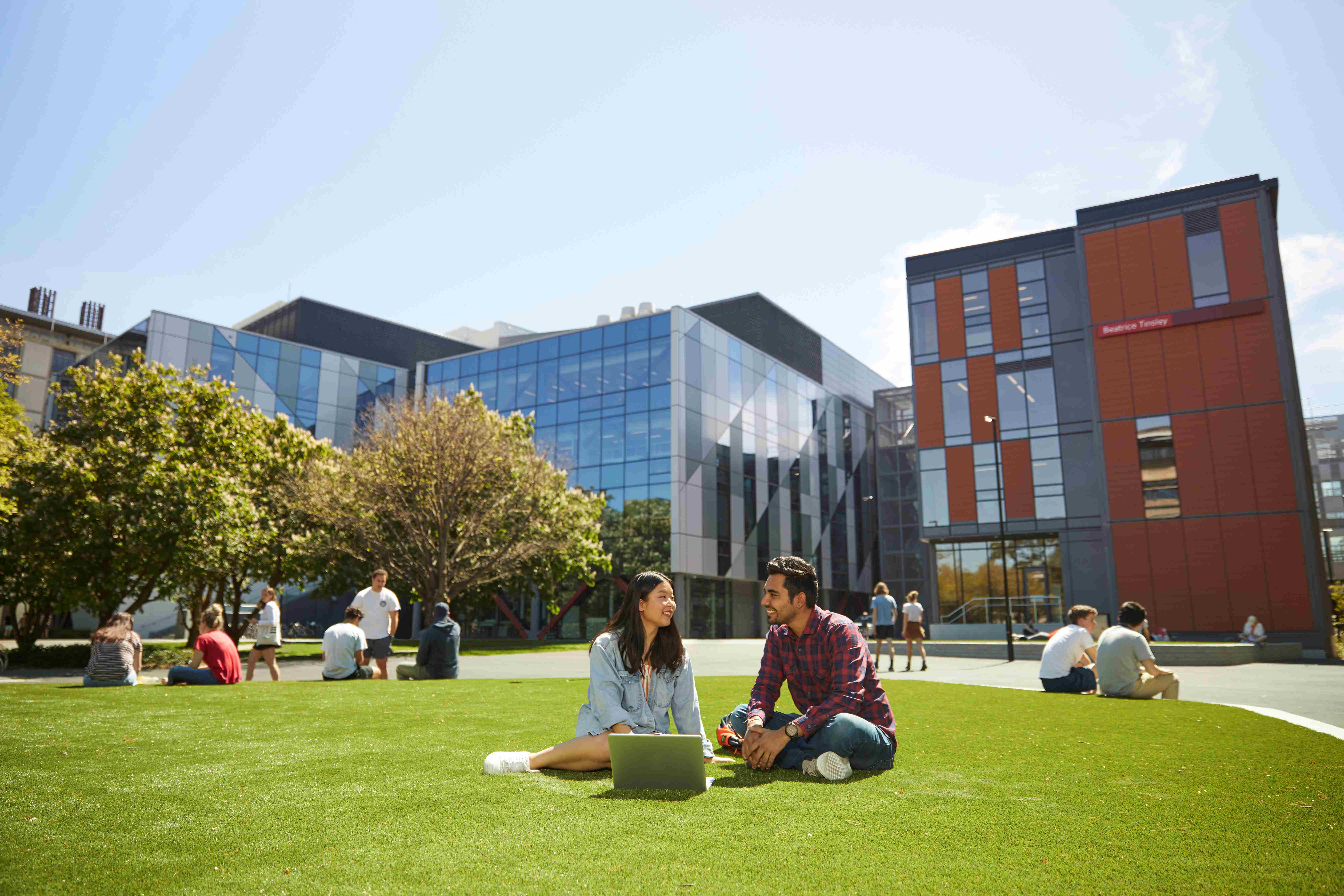Developed by an international multidisciplinary team, led by the University of Florida and including Te Whare Wānanga o Waitaha | University of Canterbury Professor Daniel Nilsson, the tool utilises GPS data in conjunction with qualitative data, to track people’s movements in the days prior to and during a wildfire event. This data can then be used to help emergency evacuation managers best prepare their response and resource allocation for future events.
“To effectively plan and prepare for future events, it is important to understand how people behave, for example when they decide to evacuate and which evacuation routes they choose,” says Professor Nilsson.
“By using GPS data from both the time before and during the fire, we are able to understand when people started their evacuation, what evacuation routes they chose, and where they evacuated to. In addition, it is possible to understand how many ignored official evacuation warnings and orders and remained in their homes.
“We are one of the first groups applying GPS data to Wildland-Urban Interface wildfire evacuation, enabling us to study fire evacuation from a new perspective and provide novel insights.”
Originally from Sweden, Professor Nilsson’s area of interest is fire evacuation, with his undergraduate study in Fire Engineering and PhD in Fire Safety Engineering and focusing on way-guidance systems for evacuation. He also draws on his background as a firefighter during his military service in Sweden.
Initially, the research was based on the collection of data from surveys following wildfire incidents, such as the 2019 Pigeon Valley Fire in Nelson, with the research funded by Fire and Emergency New Zealand, and conducted by researchers at the University of Canterbury and Massey University.
While the surveys collected extremely valuable data, Professor Nilsson says there were clear biases in the responses.
“People do not always remember things accurately, especially a long time after the fire, or even just after the fire if they are emotionally distressed. In addition, research suggests that memories of traumatic events shift and change over time, as they come to grips with what has happened. Also, people may not want to admit to behaviour in a questionnaire study that may contradict official advice, such as when to evacuate.”
The use of GPS data was then piloted in a study led by the University of Florida with the collaboration of University of Canterbury, Massey University, RMIT University, and University of Utah to study the 2019 Kincade Fire in Sonoma County, USA, which burned more than 300km2, damaged more than 120 buildings and forced almost 200,000 people to evacuate. The study is funded by the National Institute of Standards and Technology (NIST).
This event was chosen due to the scope and scale of the fire, population density and close proximity to Cell Towers, with GPS data enabling an accurate representation of the evacuation of occupants from the fire affected areas.
“The study in the US was extremely useful as it involved thousands of people in a very populated area, providing a more nuanced and greater granularity of data,” says Professor Nilsson. “When a mobile app is used, such as a navigation app or a game, the user’s location is typically shared with the app developer. This data can then be purchased from GPS data providers by researchers, with the data anonymised and coded to ensure confidentiality. This enables us to track devices such as smartphones over a period of time, and the resolution means that we can pinpoint relatively accurately to block level where people live.”
However, Professor Nilsson says GPS data has its own set of limitations and challenges.
“The Kincade Fire showed that GPS datasets can be associated with currently unknown biases. For example, it is expected that users of smartphones, from which GPS data can be retrieved, are predominantly a younger population. In addition, if the GPS data is from apps, then passengers rather than drivers are the ones that are likely to be tracked. This may mean that multiple-person households are likely tracked more often than single-person households where the driver is the only household member. So the best method is to use GPS data as a complementary approach: GPS data shows what people did; questionnaires show why they did it.”
Currently the research tool is being used post-event to study wildfire evacuation behaviour, however the team is working on a real-time evacuation prediction model that could be used by emergency services and civil defence during a wildfire.
“The idea is that real-time GPS data, along with other input such as weather and socio-demographic factors from census data, like education and household income, can be used to predict the evacuation process. This can then inform emergency services and civil defence during an event to know what areas to prioritise, where evacuation is slow, to get everyone out in time. There is also potential to utilise this tool in other emergency evacuation applications, such as tsunami events.
“The reason I am interested in evacuation is that there is a direct link to life safety. It is an area that is not fully understood, is incredibly complex and can have significant impact – I can see how my research can potentially save lives and prevent injury.”
The long-term goal is widespread use of this tool, with Professor Daniel Nilsson saying that wildfire events that threaten human life are only going to increase – both in Aotearoa New Zealand and further abroad.
“Cities and areas with large natural reserves are in danger of wildfire events and this is only going to increase with climate change and urban spread. Countries such as Sweden and Norway that never had wildfires do now, and countries like New Zealand are finding they are dealing with wildfires that impact the population with greater frequency and severity. We have seen this with the Christchurch Port Hills fire in 2017 and the Lake Ōhau fire in 2020. If this tool was widely used, the national and international application and benefit could be significant. We need to be better prepared to increase our resilience in the face of increasing risk in the years to come.”
Read further stories on how UC researchers are contributing to the resilience of our cities and communities.



-43%20(1).jpg)
.jpg)





%20resized.JPG)